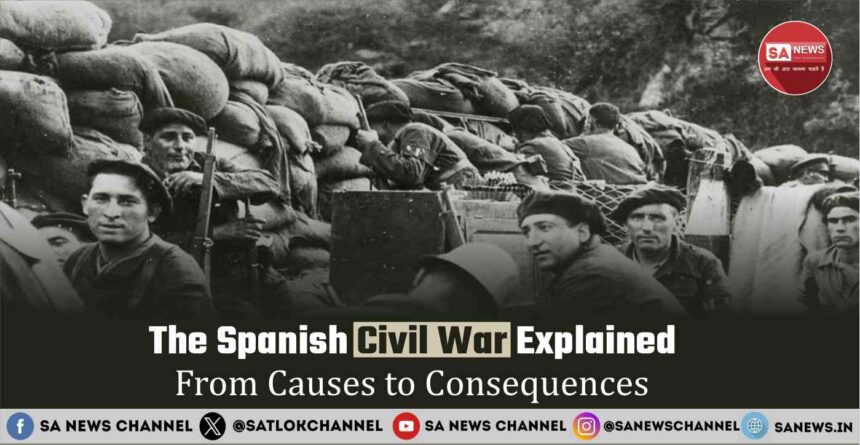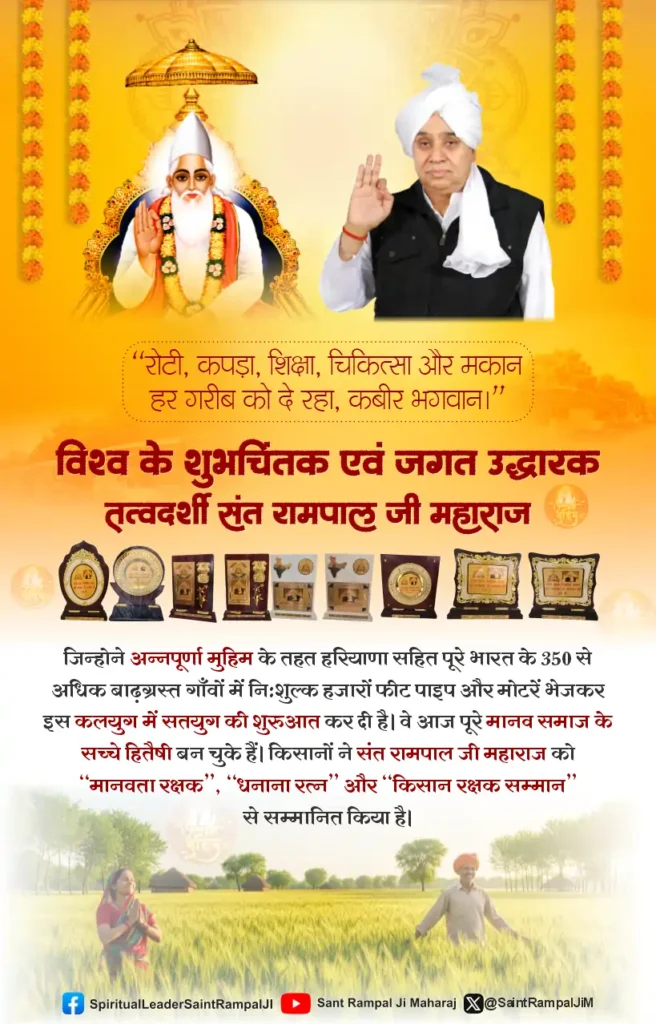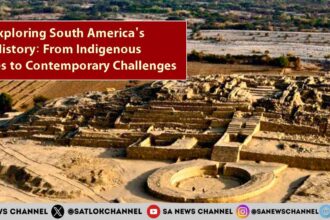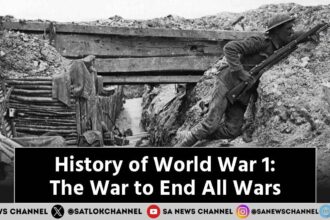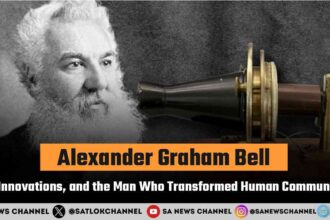The Spanish Civil War was a major conflict in Spain that lasted from 1936 to 1939. It pitted the Republicans, who supported the elected government, against the Nationalists, a rebel group led by General Francisco Franco. This war was not just a fight for power but a clash of ideas, including democracy versus dictatorship and left-wing reforms versus right-wing traditions. It caused hundreds of thousands of deaths and changed Spain for decades. Understanding the history of the Spanish Civil War helps explain how political divisions can lead to violence.
- Background and Causes of the Spanish Civil War
- Outbreak of the Spanish Civil War
- Major Battles and Key Events in the Spanish Civil War
- Political Dynamics During the Spanish Civil War
- International Involvement in the Spanish Civil War
- Life During the War
- Aftermath and Consequences of the Spanish Civil War
- Conclusion : Lessons Beyond War
Background and Causes of the Spanish Civil War
Spain in the early 1900s was a country full of problems. Once a great empire, Spain had lost most of its colonies by the late nineteenth century. The defeats in Cuba, Puerto Rico, and the Philippines left the nation weak, humiliated, and unstable. Poverty, corruption, and political unrest were widespread.
For many years Spain was ruled by a monarchy, but in 1931 King Alfonso XIII left the country after elections showed strong support for change. This led to the creation of the Second Spanish Republic, a new government that promised democracy and reforms.
The Republic aimed to solve Spain’s problems. It tried to fix unfair land ownership, where rich landlords controlled most farms while millions of peasants struggled to survive. It reduced the power of the Catholic Church, which had long dominated education and culture. It pushed for secular schools and freedom from clerical influence. The army was also cut down in size, an attempt to reduce military interference in politics.
But these reforms upset many groups. Conservatives, including the Church, landowners, and much of the military, feared losing their privileges. On the left, workers, peasants, anarchists, and communists demanded faster and deeper change, such as taking land from the rich and redistributing it. Spain’s economy was weak, especially after the Great Depression of the 1930s, which caused unemployment, poverty, and frequent strikes.
Regional tensions added more pressure. Catalonia and the Basque Country demanded greater autonomy, while the central government in Madrid wanted to maintain control.
Political parties reflected these divides. On the right stood monarchists who wanted the king back, Carlists who supported a rival royal line, and the Falange, a fascist party founded by José Antonio Primo de Rivera. On the left were socialists of the PSOE, communists, republicans, and anarchists in the CNT-FAI trade union.
In 1933, right-wing parties won elections and rolled back many reforms. This period, known as the “black biennium,” saw repression and anger. A miners’ uprising in Asturias in 1934 was crushed brutally by the army under General Francisco Franco, who gained a reputation for harshness.
By 1936, tensions were reaching breaking point. The Popular Front, a coalition of left-wing parties, won the February elections. They promised amnesty for political prisoners and more reforms. Violence increased in the streets as right-wing groups clashed with leftists. The final spark came on July 13, 1936, when José Calvo Sotelo, a key conservative politician, was murdered by left-wing officers. For many army leaders, this confirmed the need for a coup.
The causes of the Spanish Civil War were many: deep economic inequality, conflict between church and state, the weakness of democracy, ideological clashes between left and right, the effects of the Great Depression, and a rising culture of political violence. Together they created the perfect storm.
Outbreak of the Spanish Civil War
The military coup began on July 17, 1936, in Spanish Morocco. Generals such as Emilio Mola, José Sanjurjo, and Francisco Franco plotted the uprising. Franco, then stationed in the Canary Islands, soon flew to Morocco to lead the experienced colonial troops. The plan was to seize key cities quickly, but resistance turned the coup into a full civil war.
Nationalists captured cities like Seville, Granada, and much of northern Spain, but they failed in major urban centres such as Madrid, Barcelona, and Valencia. President Manuel Azaña and Prime Minister Santiago Casares Quiroga tried to keep control, but the government had to arm workers’ militias to defend the cities. By July 21, Spain was divided in two: the Republicans held industrial regions, large cities, and the navy, while the Nationalists controlled much of the countryside, the army core, and Spanish Morocco.
Violence erupted immediately. In Nationalist areas, thousands of leftists were executed in what became known as the White Terror. In Republican zones, churches were burned and priests killed in the Red Terror. Both sides carried out reprisals and mass killings.
On July 20, General Sanjurjo died in a plane crash, leaving Mola and Franco as the main leaders of the rebellion. Franco quickly emerged as the most important figure, especially after German planes helped him airlift his troops from Morocco to mainland Spain. What had started as a coup had become a brutal civil war that would last three years.
Major Battles and Key Events in the Spanish Civil War
The war unfolded in stages, with control shifting back and forth.
1936: Early campaigns
- In August, Nationalist forces captured Badajoz in a bloody battle that linked their northern and southern zones. Thousands of prisoners were executed.
- The Siege of the Alcázar in Toledo from July to September saw Nationalist defenders hold out against Republicans until relieved, becoming a powerful symbol for Franco.
- Franco advanced to Madrid in November. The Battle of Madrid became one of the war’s most famous struggles. With Soviet tanks, planes, and the newly arrived International Brigades, the Republicans stopped the Nationalist assault. The slogan “No pasarán” (“They shall not pass”) became a cry of defiance.
1937: Northern campaigns and Guernica
- In February, Nationalists won the Battle of Málaga with Italian help.
- Republicans countered with the Battles of Jarama and Guadalajara. At Guadalajara, Republicans scored a rare victory against Italian troops, raising morale.
- On April 26, the Basque town of Guernica was bombed by Germany’s Condor Legion. Hundreds of civilians died, and the attack shocked the world. Pablo Picasso immortalised it in his painting Guernica.
- Franco’s forces then captured Bilbao in June and the rest of the north by October, gaining valuable industry and resources.
1937: Republican divisions
- In May, infighting erupted in Barcelona between anarchists, communists, and government forces. Known as the May Days, this conflict showed deep Republican divisions. Prime Minister Francisco Largo Caballero resigned and was replaced by Juan Negrín, who tried to centralise power.
1938: Republican defeats
- The Battle of Teruel (December 1937 to February 1938) was fought in freezing conditions. Republicans briefly captured the city but lost it again.
- The Nationalists launched the Aragon Offensive in March, reaching the Mediterranean and splitting Republican territory in two.
- In July, Republicans launched the Battle of the Ebro, the largest battle of the war, lasting until November. Over 100,000 were killed or wounded. Despite bravery, the Republicans were defeated, leaving them exhausted.
1939: Collapse of the Republic
- In January, Franco captured Barcelona. Nearly half a million civilians fled across the French border in “La Retirada.”
- In March, a coup in Madrid led by Colonel Casado tried to negotiate peace, but Franco demanded unconditional surrender.
- Madrid fell on March 28, and on April 1, 1939, Franco declared victory.
Political Dynamics During the Spanish Civil War
The politics of the war were as important as the battles.
Republican side
The Republicans included a broad coalition: moderates, socialists, communists, anarchists, and regional nationalists from Catalonia and the Basque Country. In 1936, during the Spanish Revolution, anarchists and socialists took over factories and farms, creating worker-run collectives. This inspired many but made war organisation chaotic.
Also Read: The Majestic Mayan Civilization: Origins, Achievements, and Legacy
The Soviet Union pushed communists to build a centralised army. This clashed with anarchists and Trotskyists, leading to bloody infighting such as the May Days in Barcelona. Leaders like Largo Caballero wanted revolution, while Negrín stressed that winning the war came first. The slogan “resistir es vencer” (“to resist is to win”) summed up his policy. Republican disunity, however, made victory difficult.
Nationalist side
The Nationalists were far more united. Franco merged conservatives, monarchists, Carlists, and the Falange into one single party in April 1937: the FET y de las JONS. The Catholic Church strongly supported the Nationalists, framing the war as a holy “crusade” against communism and atheism. Franco avoided fully adopting fascism, preferring a personal dictatorship. After General Mola’s death in 1937, Franco became the unquestioned leader.
Unity helped the Nationalists, while division weakened the Republicans.
International Involvement in the Spanish Civil War
The Spanish Civil War quickly became an international conflict and a preview of World War II.
- Germany and Italy: Hitler sent the Condor Legion, around 5,000 men with aircraft and tanks, which bombed Guernica and supported Franco’s offensives. Mussolini sent over 75,000 Italian troops along with tanks, ships, and aircraft. Their help was crucial to Nationalist victories.
- Portugal: Dictator António Salazar gave bases and supplies, allowing Nationalist troops to move freely.
- Soviet Union: Stalin sent weapons, tanks, planes, and advisors to the Republicans, though often in exchange for Spain’s gold reserves.
- Mexico: Provided weapons and took in thousands of refugees.
- International Brigades: Around 35,000 to 40,000 volunteers from 50 countries came to fight for the Republicans. These included the American Abraham Lincoln Brigade and individuals like George Orwell, who later wrote Homage to Catalonia. The brigades fought bravely but suffered high casualties.
- Britain, France, and the USA: Britain and France organised the Non-Intervention Agreement, banning arms sales to either side, but Germany and Italy ignored it. This policy effectively weakened the Republic. The United States remained neutral under its Neutrality Acts.
By 1938, the Munich Agreement showed that Britain and France would not stand up to Hitler. This dashed Republican hopes of foreign aid. The imbalance of international support was one of the main reasons the Nationalists won.
Life During the War
For civilians, the war was devastating. Cities and villages were bombed, food was scarce, and disease spread. Both sides used propaganda to maintain morale and demonise the enemy. Atrocities occurred everywhere: in Nationalist zones, mass executions of leftists; in Republican areas, killings of priests and attacks on churches. For ordinary people, survival was a daily struggle.
Aftermath and Consequences of the Spanish Civil War
Franco’s victory on April 1, 1939, marked the end of the war and the beginning of a dictatorship that lasted until his death in 1975.
Political consequences
- Franco banned political parties, unions, and regional languages like Catalan and Basque.
- Repression was severe: an estimated 200,000 to 400,000 Republicans were executed or died in prison. Many were forced into labour projects such as building the Valley of the Fallen monument.
Social and economic consequences
- Around 500,000 people died in the war, from combat, executions, bombings, and famine.
- Half a million refugees fled abroad, many to France, where they ended up in camps or joined the Resistance during World War II.
- Spain’s economy was destroyed. Farms, factories, and infrastructure were ruined. The 1940s were called the “years of hunger” due to poverty and famine.
International consequences
- Spain remained neutral in World War II but was diplomatically isolated for years.
- Only during the Cold War, when the United States saw Franco as a useful anti-communist ally, did Spain gain aid and recognition.
Long-term legacy
- After Franco’s death in 1975, Spain transitioned to democracy with the 1978 Constitution.
- Debates about memory continue today. The Historical Memory Law aims to recognise victims, open mass graves, and remove Francoist symbols.
The Spanish Civil War left deep wounds in Spanish society. Families were divided, communities destroyed, and the trauma carried through generations. It remains one of the most painful chapters of modern European history.
Conclusion : Lessons Beyond War
The Spanish Civil War was more than a struggle for power. It was a clash of ideologies: democracy versus dictatorship, reform versus tradition, fascism versus communism. It was also a rehearsal for the Second World War, where new weapons, strategies, and alliances were tested.
Franco’s victory condemned Spain to nearly four decades of authoritarian rule, but the war also produced cultural legacies like Picasso’s Guernica and Orwell’s Homage to Catalonia, which continue to shape how the world remembers it.
The history of the Spanish Civil War warns us of the dangers of polarisation, the cost of civil conflict, and the way international powers can exploit a nation’s divisions. It remains a powerful reminder that peace and dialogue are essential in any divided society.
The Spanish Civil War reminds us that when a nation is torn by hatred, ideology, and the thirst for power, the cost is not just political—it is deeply human. Families divided, lives lost, and decades of repression reveal how fragile peace truly is. But beyond history lies a greater question: what gives life real meaning, and how do we find harmony beyond conflict? Wars may show the dangers of division, yet they also invite us to seek unity with the Divine. Exploring spiritual wisdom in books like “Gyan Ganga” and “Way of Living” by Saint Rampal Ji Maharaj can guide us toward authentic worship, peace of mind, and a purposeful life rooted in truth.


